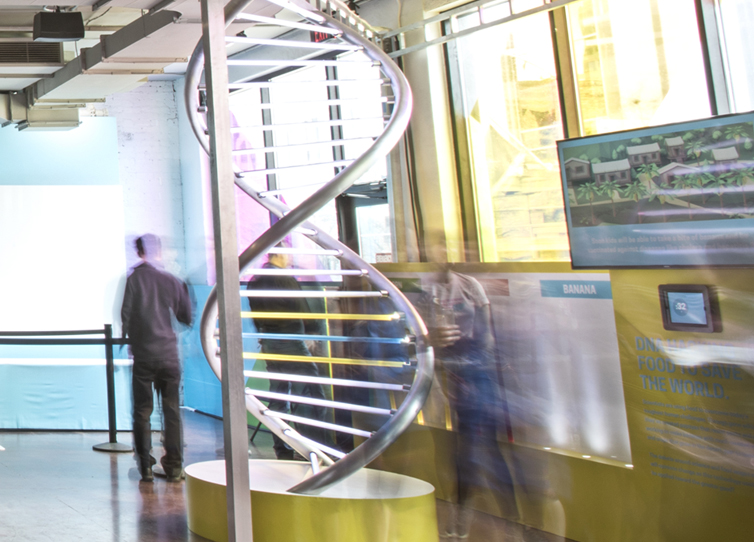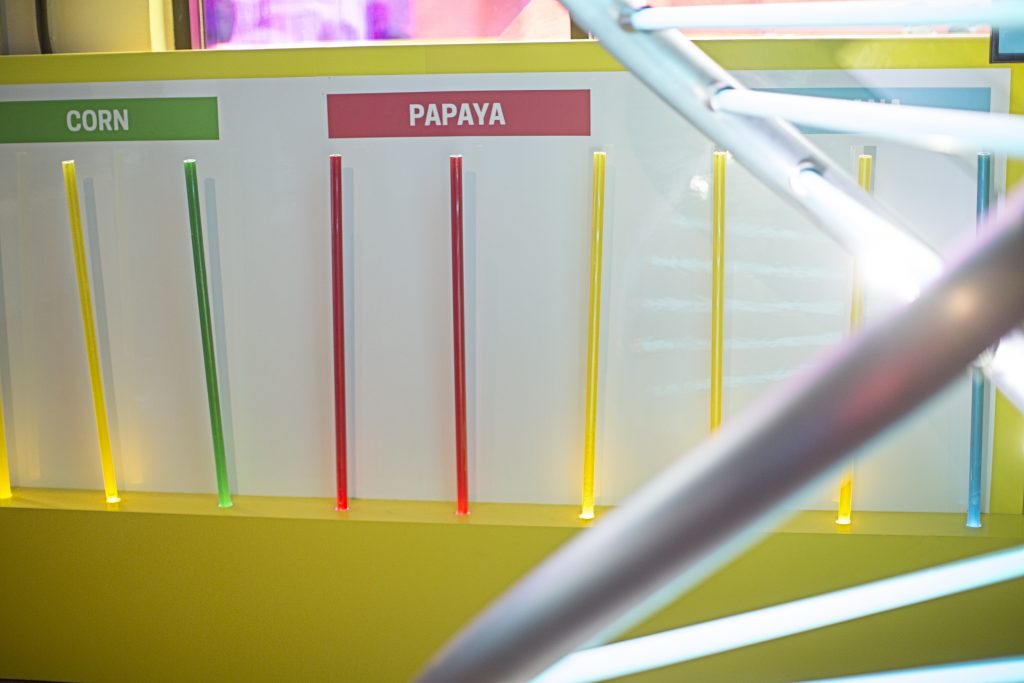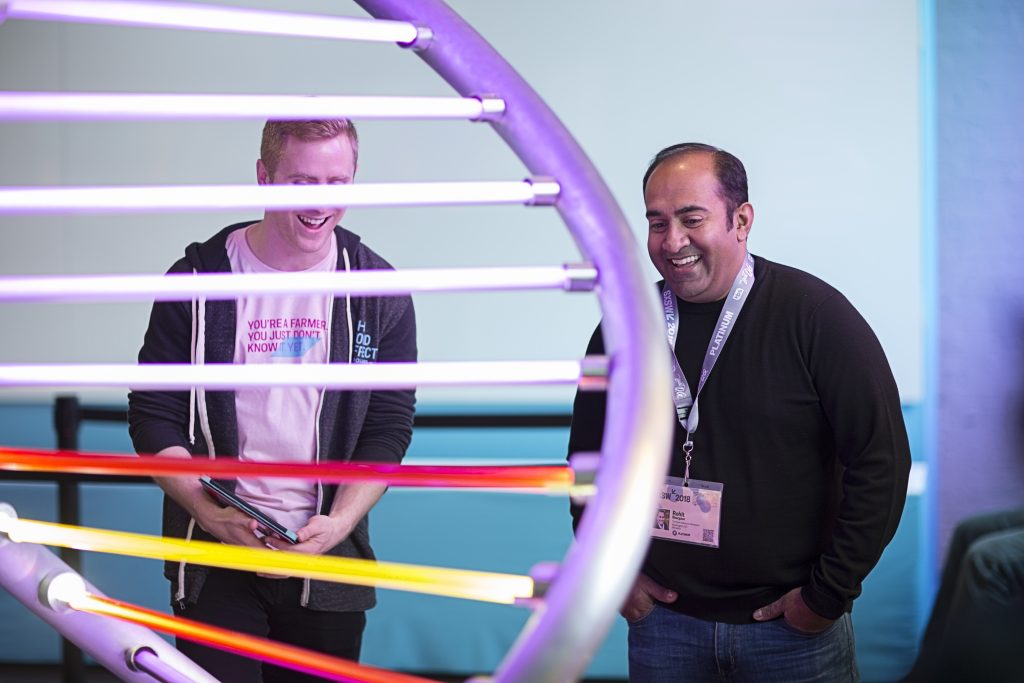As part of The Food Effect SXSW activation, we created a DNA hacking game that highlighted ways genetic engineering can help solve food problems. GMOs are a controversial topic for our client, Land O’Lakes, but we partnered with them to create an experience that could help them move the conversation forward.
Opportunity: How can we address the GMO conversation by providing a different perspective on the technology?
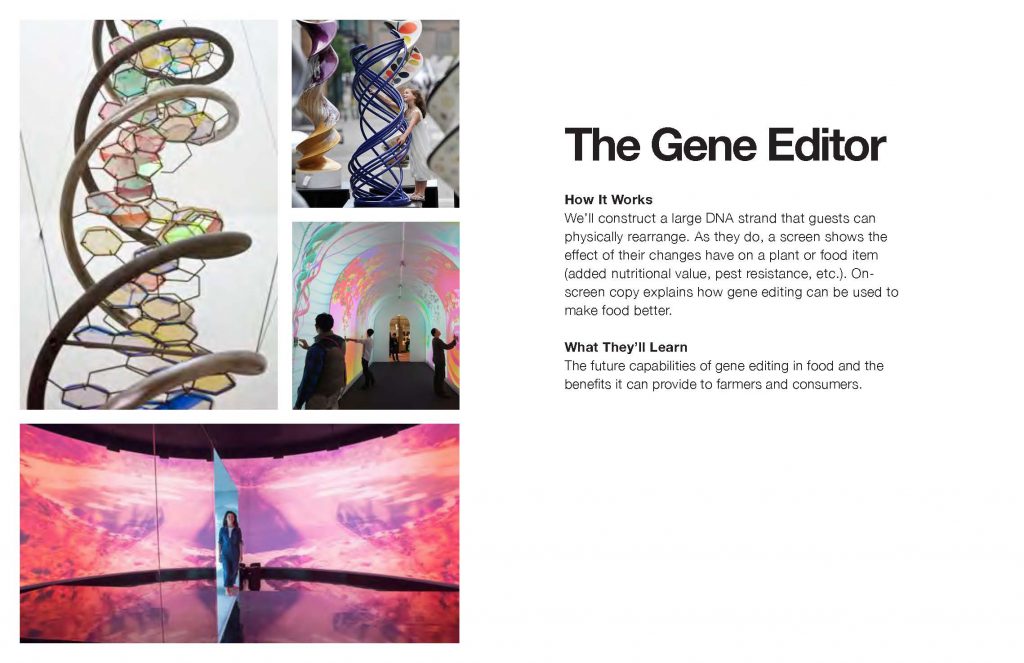
Through our research, we looked into what CRISPR was doing, dug into how gene editing actually works, and surveyed current consumer perceptions on GMOs. From this, we decided that we need to avoid the trigger word “GMO” and lay a more neutral ground. We also wanted our experience to be accessibly, not super scientific, as the science gets pretty complicated.
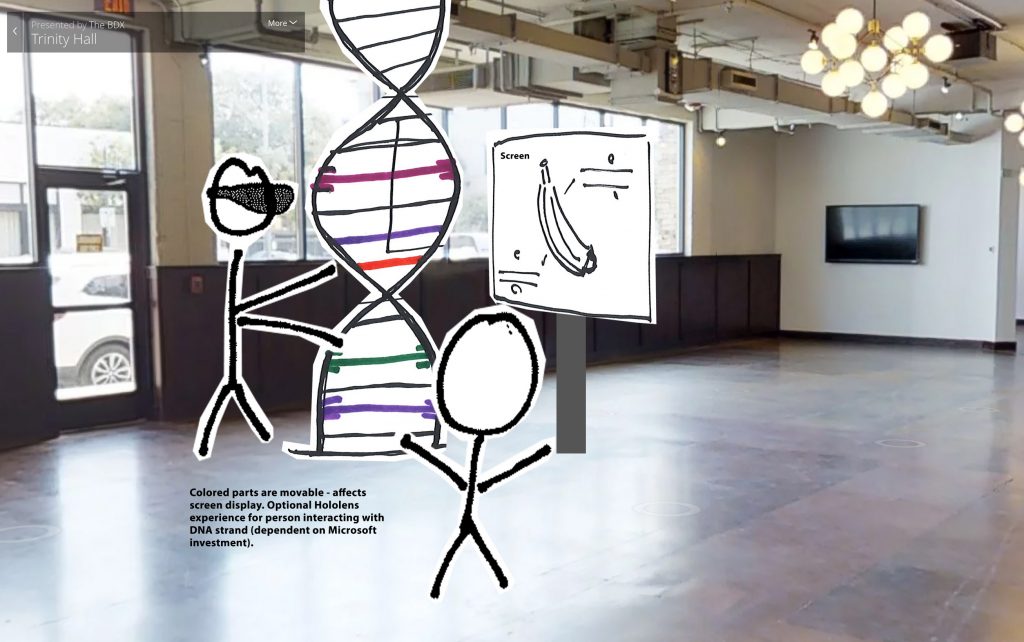
Solution: We wanted to make a giant DNA strand, because we thought that would be visually stunning, but it also created a context at the genetic level, instead of the food or crop level. We also threw in this idea of game, which we initially wanted to use CRISPR for, but that ;was unlikely to be feasible, so we created a simple yet challenging pattern game to reflect the idea of “editing” DNA.
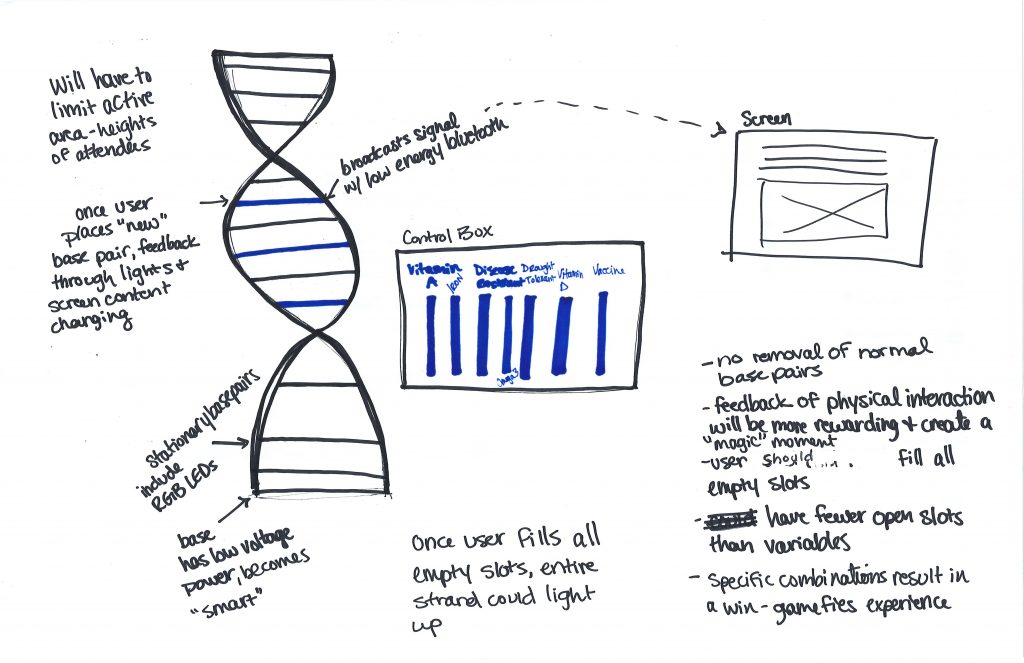
Our creative technologist was crucial in helping us figure out how we could have someone interact with a physical DNA helix while also integrating an animation on a screen. We also wanted the experience to feel like it was all automated, when in reality we manually determined if the pattern was correct or not.
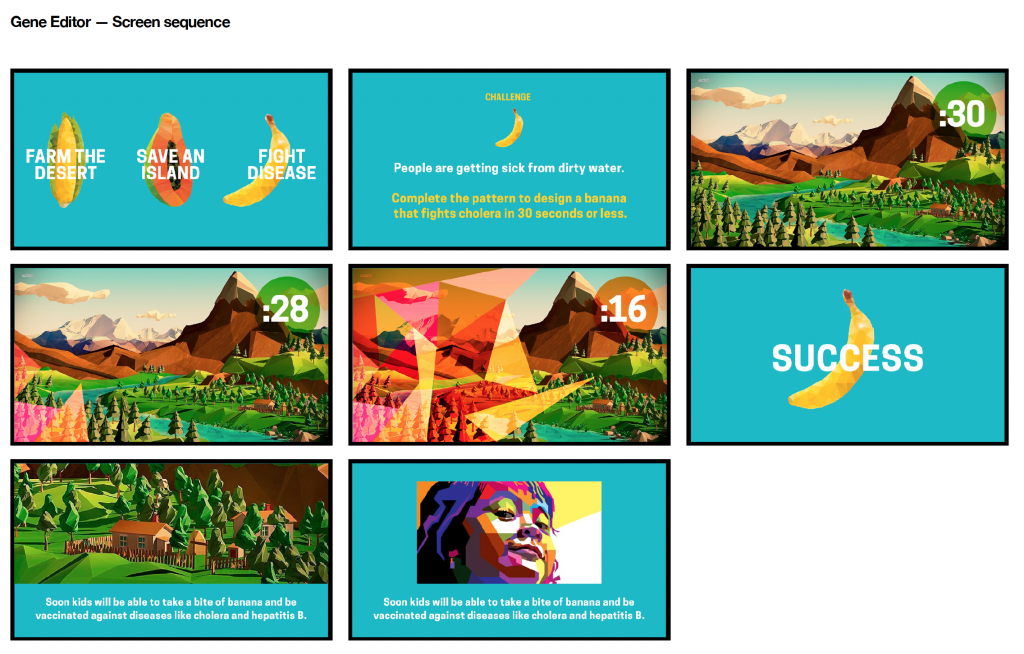
Our content team found some intriguing university research that highlighted stories of gene editing could help save crops, grow crops in dry climates, and even deliver vaccines. Once a user successfully completed the pattern, we showed how they “contributed” to one of these solutions and shared a little story.
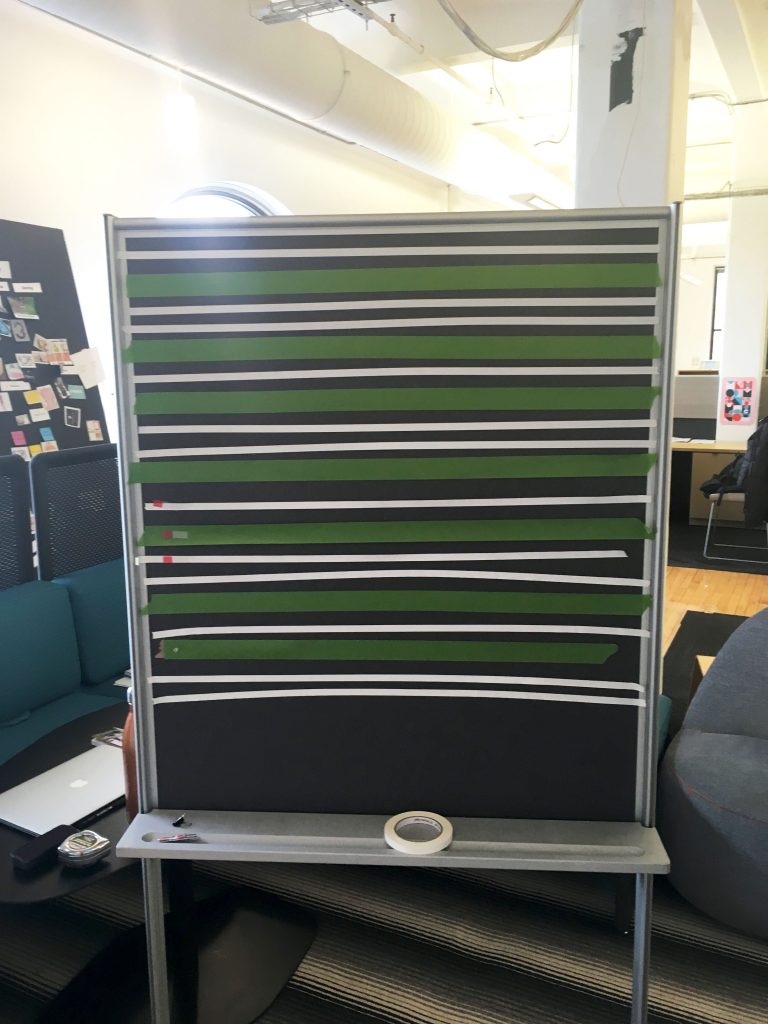
Prototype of DNA strand 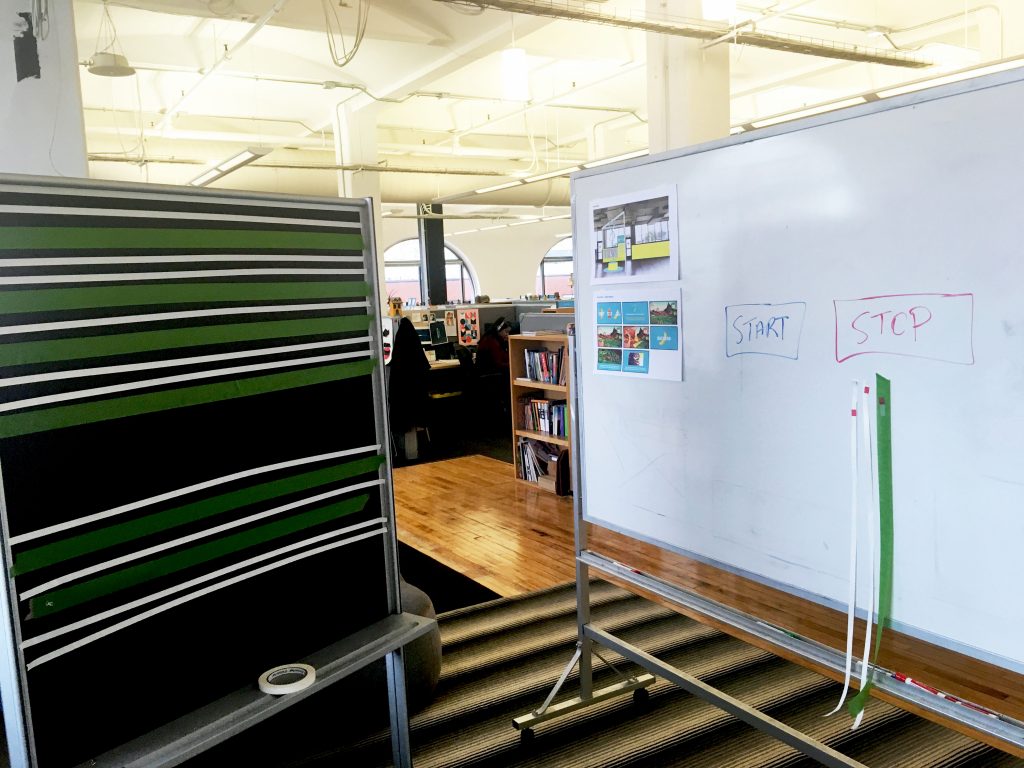
Spacing setup of placement 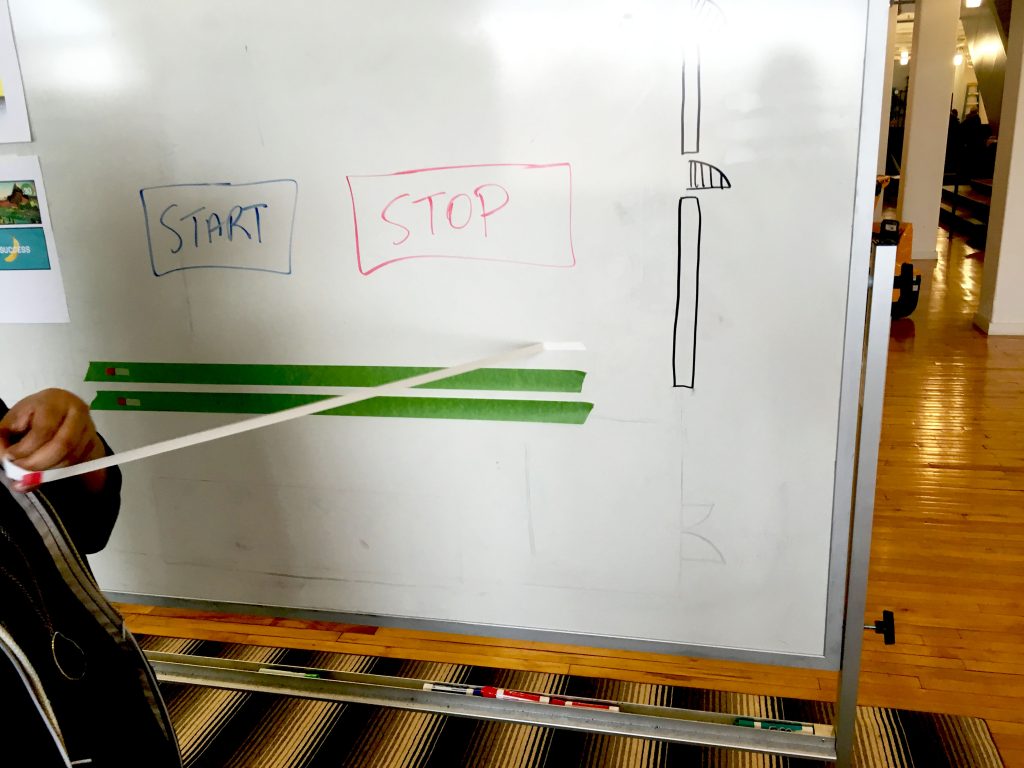
User interaction mock-up
As we worked through our pattern and interaction, we had a few details to work out. Is the pattern game too easy? Should the user start and stop the timer? Is the DNA helix too far away from the start button? To answer these detailed questions, we created a prototype and tested it with several people in the agency. This provided some evidence to support our decisions, and we also noticed that women tend to identify patterns more quickly than men.
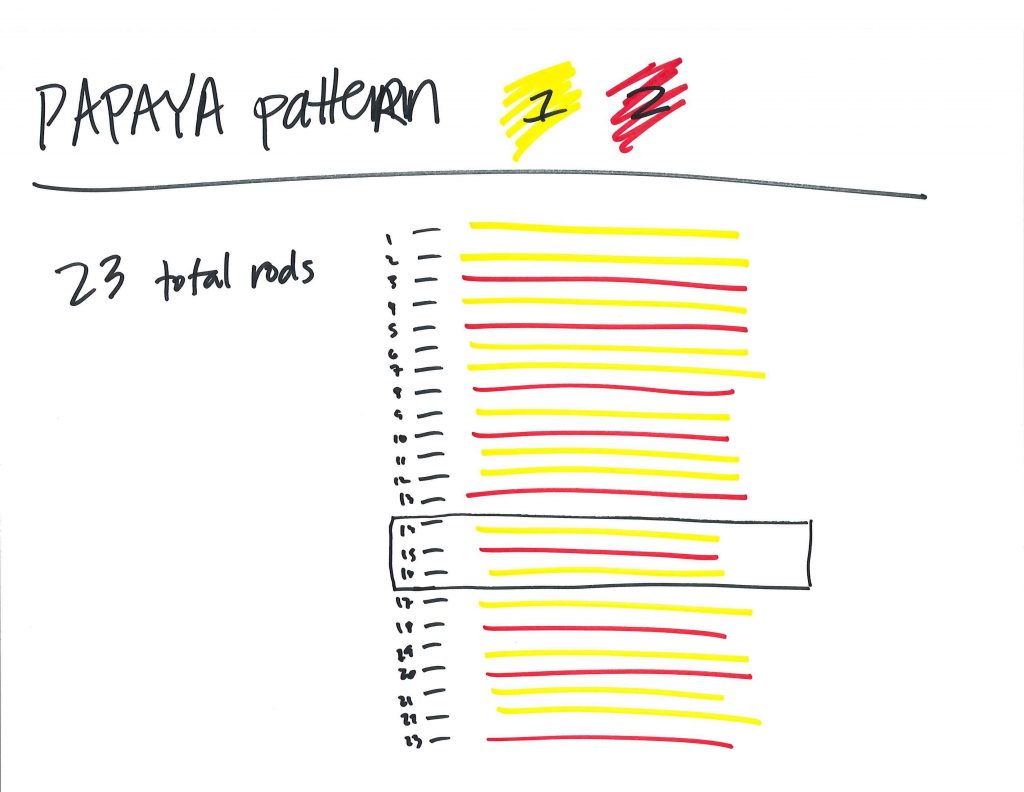
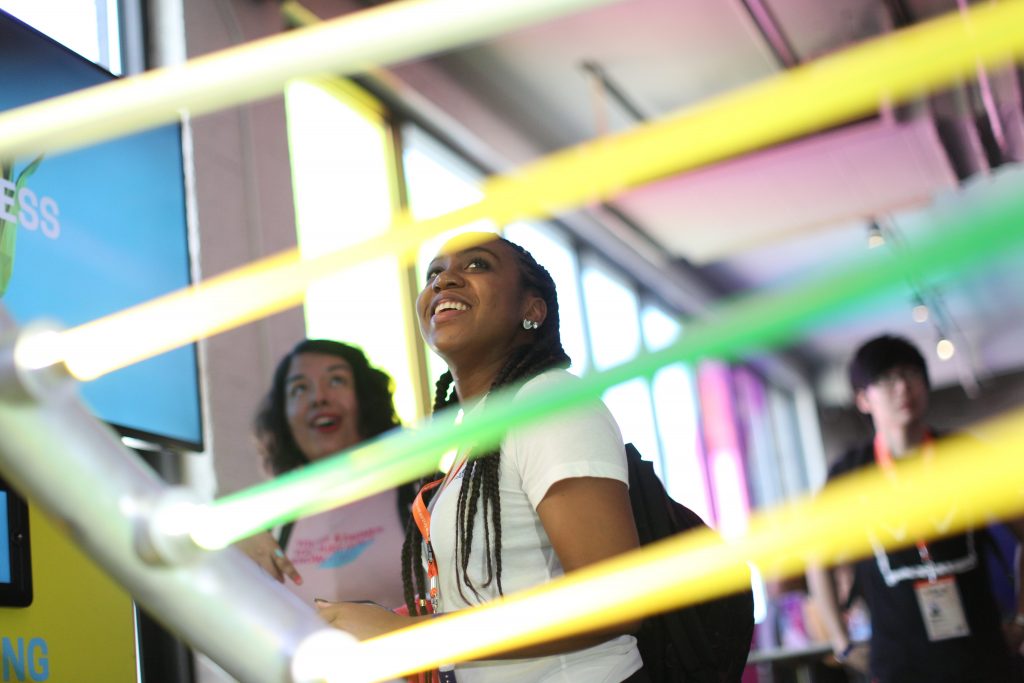
Results: Our DNA hacking game was played by thousands of SXSW attendees and successfully achieved our goals. People high-fived after successfully completing the game, complimented the execution, and lingered after they played to talk more about the genetic engineering solution they just learned about. The dialogue we started at SXSW was not who is write or wrong on the topic of GMOs, but opened people’s eyes to the possibilities the technology can provide. ADWEEK featured us in their recap of some of the best activations and our clients were thrilled with how the final idea came to life.
Role: UX Designer
Team: content & copy – Tricia Cornell; designer – Clarissa Hernandez; and technologist – Tom Ferrara.
